
There is a true sense of family for the partners that watch over the Fort Berens Estate Winery in Lillooet, B.C.
And with that comes profound pride in the fact that, with the release of the 2014 spring wines, the white wine production is 100% made from fruit grown from estate fruit and made at the estate’s production facility.
Fort Berens is the culmination of the dreams, vision and pioneering spirit of eight entrepreneurs — Heleen Pannekoek, Rolf de Bruin, Hugh Agro, Sean Harvey, Jason Neal, John McConnell and the newest partners, Dan Barnholden and Patrick Downey.
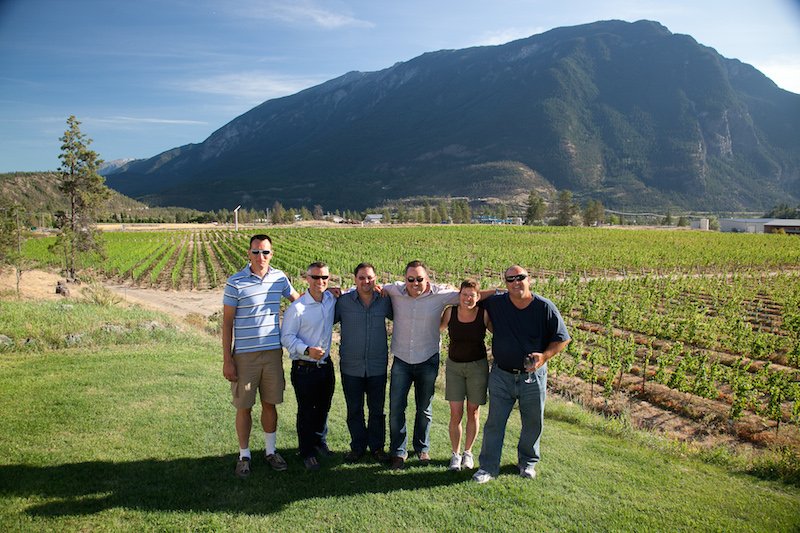
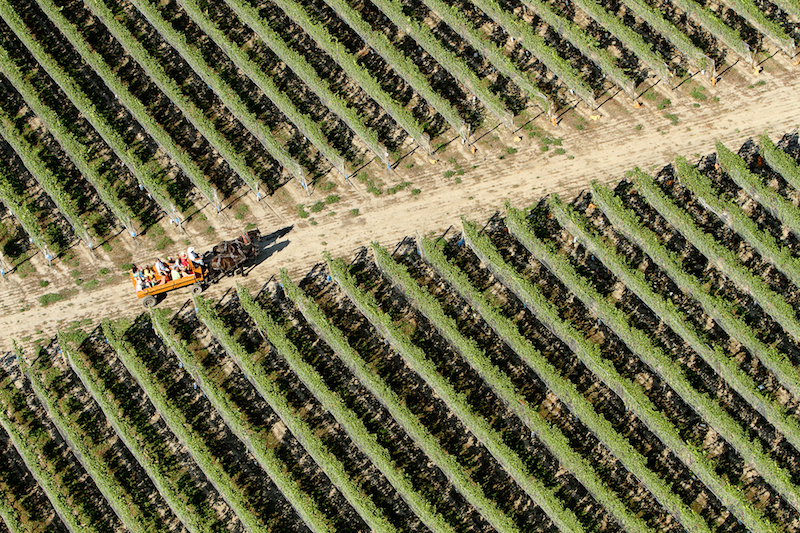
The owners share a common belief in the winemaking potential of the area and a shared vision to make Fort Berens into one of Canada’s leading producers of fine wine.
With its vineyards on sagebrush-covered benchland along the Fraser River at the base of towering mountains, Fort Berens has embarked on a mission to embrace the spirit of Lillooet. Alpine breezes, lingering summer sunlight and moderate winters provide a unique terroir ideal for growing premium grapes.
Under the guidance of B.C. wine industry leader Harry McWatters and Richard Cleave, first-time farmers Rolf de Bruin and Heleen Pannekoek planted a 20-acre vineyard in Lillooet and opened ultimately Fort Berens in 2009.
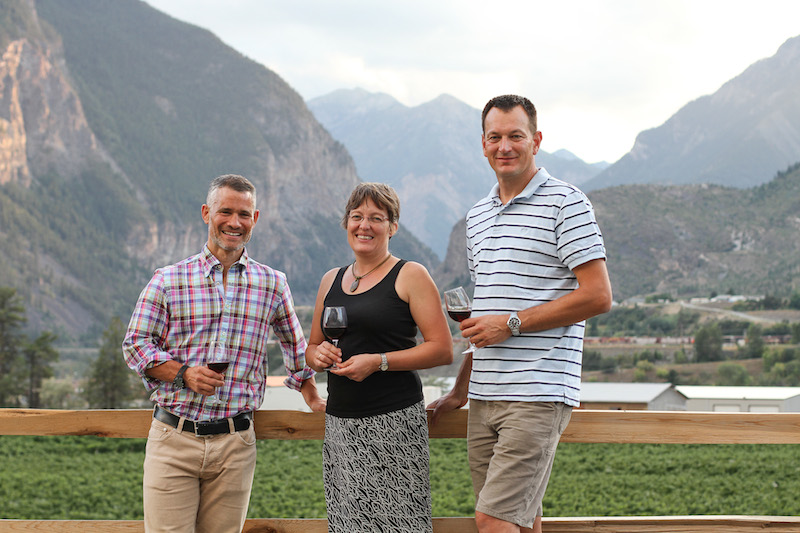
In early 2010, de Bruin and Pannekoek welcomed retired mining executive Hugh Agro (all three above, with Agro in the very top photo), corporate director Sean Harvey, investment banker Jason Neal and mining executive John McConnel as partners in the business.
These four partners helped purchase the estate’s 65-acre property, build a commercial scale winery and retail operation and helped build the business into what it is today.
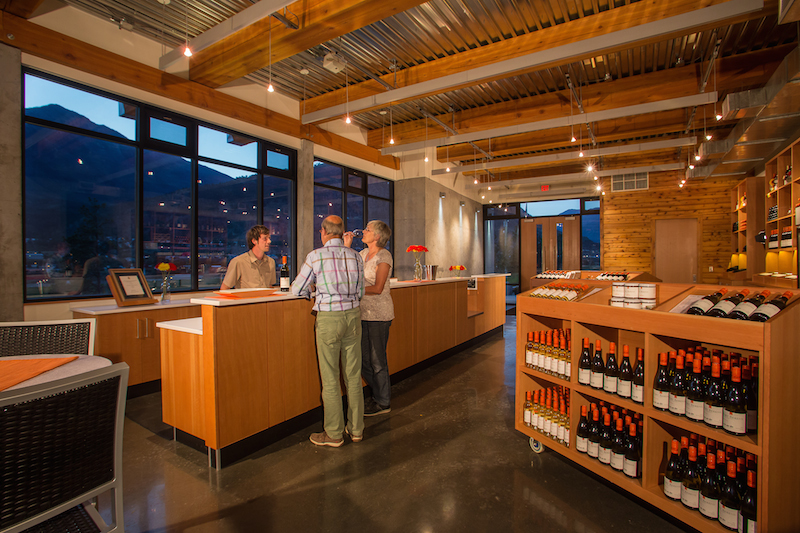
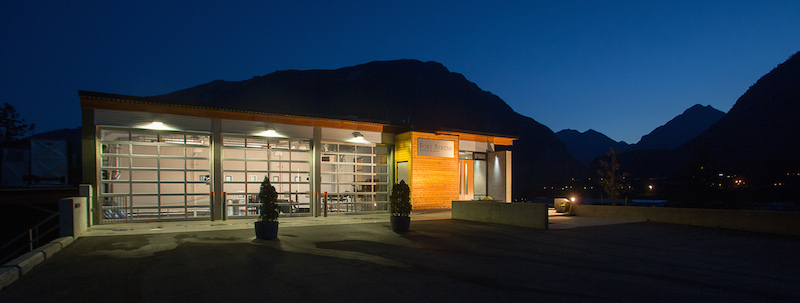
“2014 was an excellent year for us at Fort Berens as we completed construction and had the official grand opening of our new winery building and tasting room,” said de Bruin. “As part of the next phase of our growth, this summer we will begin offering lunch service on our patio, which features a gorgeous view of our vineyard and the impressive Coastal Mountains.”
Fort Berens is also working on plans to expand production. “We are working together with a few local farms to plant additional vineyards in the Lillooet region,” said de Bruin. “We are also starting to think about the first steps in the development of our second estate vineyard on the benchlands directly north of our current vineyard. We have exciting plans for this year and we think 2015 will be another successful year.”
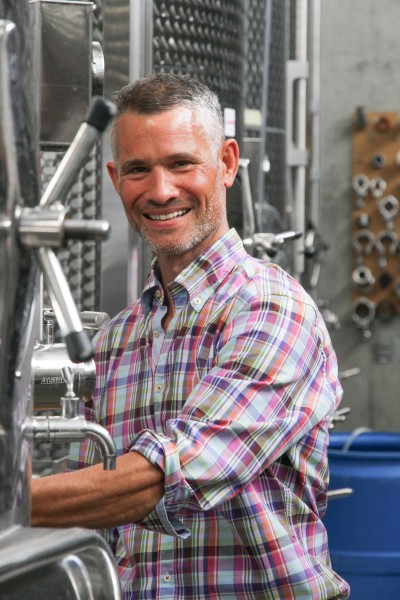 For original partner Hugh Agro, right, who met de Bruin and Pannekoek in Lillooet after buying his own piece of property there, it was the idea of grape growing in an “untested” region that appealed to him.
For original partner Hugh Agro, right, who met de Bruin and Pannekoek in Lillooet after buying his own piece of property there, it was the idea of grape growing in an “untested” region that appealed to him.
Agro, who lives in Oakville, Ontario, but spends a lot of time in B.C. as an avid cyclist and outdoorsman, brought in a couple of other business partners to help establish Fort Berens and take to where it is today.
Agro and de Bruin own about half of the business with the rest of the partners sharing in the rest collectively.
“I just love it out there,” Agro told me during an interview at my house in St. Catharines.
“For me it’s a real passion taking a beautiful opportunity and turning into something people love.”
Agro says he has noticed a change in the people who live in the region. “The locals love the idea of building something there,” he says.
“We are a relatively new winemaking business but all of us involved share a common interest in producing high quality wines from the Fraser Canyon — a beautiful, unique and, as yet, largely undiscovered wine producing region in B.C.”
Agro describes his knowledge of wine as casual, and when not drinking Fort Berens products he leans toward California Cabernets and Italian Super Tuscans.
The partners, including Agro, leave the winemaking decisions to the team at the winery. “My role is asking what can we do better,” he tells me.
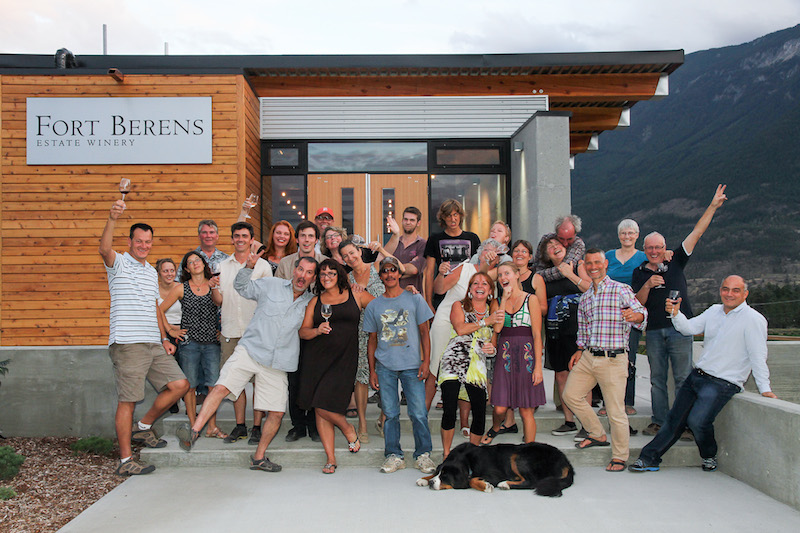
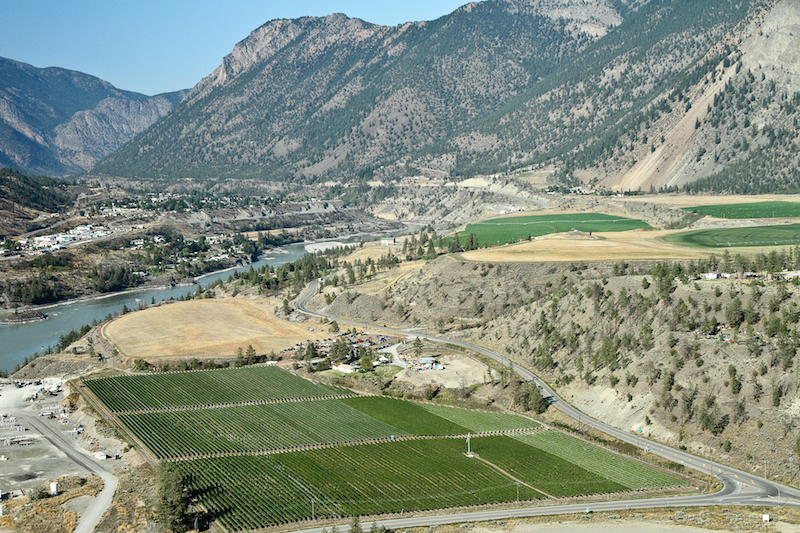
Production at Fort Berens was about 6,000 to 7,000 cases in 2014. With the planned planting of a second vineyard, the goal is to reach the winery capacity of about 12,000 cases, all from 100% Lillooet fruit.
“We are trying to encourage others to flock to the region and grow grapes or open wineries,” Agro says. “We want to encourage local farmers to plants grapes, and a couple have started already.”
Agro says the ultimate goal is to put Lillooet on the map, to find the critical mass to make the region a going concern for grape growers, potential wineries and a destination for consumers.
“It’s the neighbourly thing to do.”
Here are reviews from the most recent lineup of wines from Fort Berens that I tried and liked.
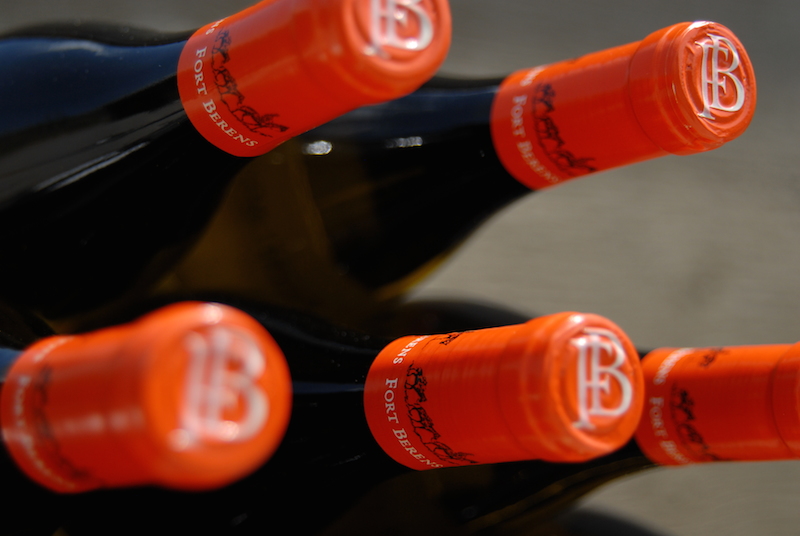
The Reds


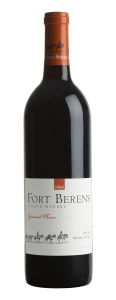
 Fort Berens Meritage 2012, B.C. ($29, 91 points) — A blend of 40% estate fruit from Lillooet and the rest from the Sundial Vineyard in Oliver, it consists of Merlot, Cabernet Sauvignon and Cabernet Franc. The nose shows black cherries, crunchy raspberry, currants, cocoa and oak-derived spices. It has good tannic structure and a lovely mélange of red berries and currants to go with integrated spices and length through the finish.
Fort Berens Meritage 2012, B.C. ($29, 91 points) — A blend of 40% estate fruit from Lillooet and the rest from the Sundial Vineyard in Oliver, it consists of Merlot, Cabernet Sauvignon and Cabernet Franc. The nose shows black cherries, crunchy raspberry, currants, cocoa and oak-derived spices. It has good tannic structure and a lovely mélange of red berries and currants to go with integrated spices and length through the finish.
Fort Berens Cabernet Franc 2012 ($27, 90 points) — An exciting nose of rich cassis, black currants, sage brush, wild flowers and oak barrel-derived spices. Classic Cab Franc on the palate with black fruits, savoury spices and touches of licorice, tar and tangy acidity. One for the cellar. Made with estate fruit and sourced fruit from the Okanagan Valley.
Fort Berens Pinot Noir 2012 ($26, 88 points) — All the Pinot fruit is from the estate vineyard in Lillooet. The nose shows savoury cherry, raspberry, mocha, bramble and earth notes. It’s a spicy-savoury Pinot with brambly red fruits, supple tannins and a good acid lift through the finish.
Fort Berens Pinot Noir Rosé 2014 ($16, 87 points) — A bright pink hue made entirely from the estate’s Lillooet vineyard, this Pinot Noir Rosé shows strawberry, cherry and rhubarb with a nice earthy note on the nose. It’s meaty on the palate with red fruits and underbrush in a more masculine style. Nice and dry on the finish.
The Whites
(It should be noted that the spring release of the white wines at Fort Berens includes all wines being made from 100% estate-grown Lillooet grapes for the first time. The wines were also made and produced from the Lillooet winery.)


 Fort Berens Riesling 2014 ($16, 89 points) — A nose of lime, grapefruit, apple with touches of peaches and honey. Good energy on the palate with a dash of minerality to go with citrus peel, peach and apple. There is sweetness on the backend, but well balanced by firm acidity.
Fort Berens Riesling 2014 ($16, 89 points) — A nose of lime, grapefruit, apple with touches of peaches and honey. Good energy on the palate with a dash of minerality to go with citrus peel, peach and apple. There is sweetness on the backend, but well balanced by firm acidity.
Fort Berens Chardonnay 2014 ($18, 89 points) — Lovely nose of citrus zest, pear, apple and buttery/spicy notes. It’s fresh and lively on the palate with good acidity to give the citrus and apple notes a lift but also some interesting vanilla oak spices through the finish. Both textured and balanced.
Fort Berens Pinot Gris 2014 ($16, 88 points) — Aromas of citrus, Mandarin orange and peachy/melon jump from the glass. It’s expressive on the palate with pronounced peach, orange and lemon-grapefruit flavours with underlying minerality.
Fort Berens Late Harvest Riesling 2014 ($18 for 375 ml, 91 points) — An interesting nose of citrus preserves, tropical fruits, honey and minerals. Sweet, yes, with 75 g/l of residual sugar, but relatively balanced to showcase the ripe peach, candied citrus and apple pie flavours.





Comment here